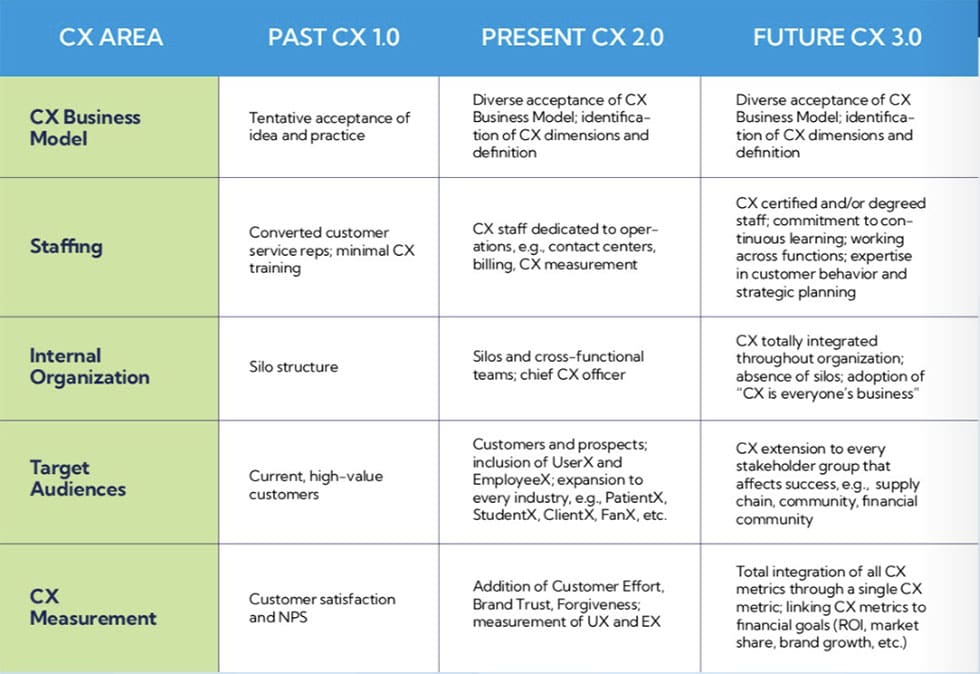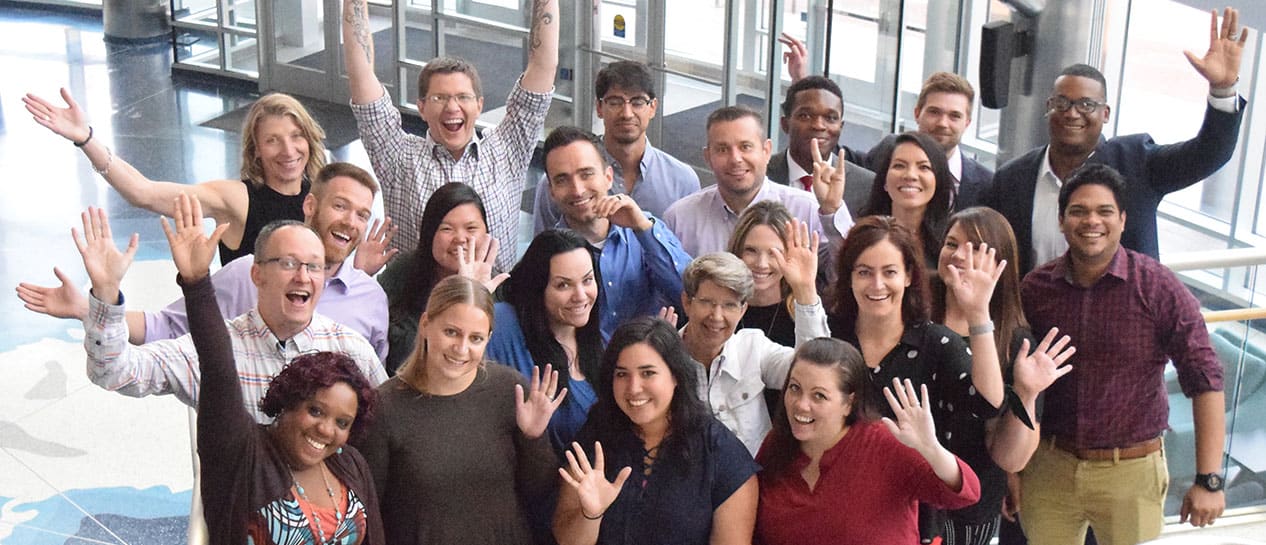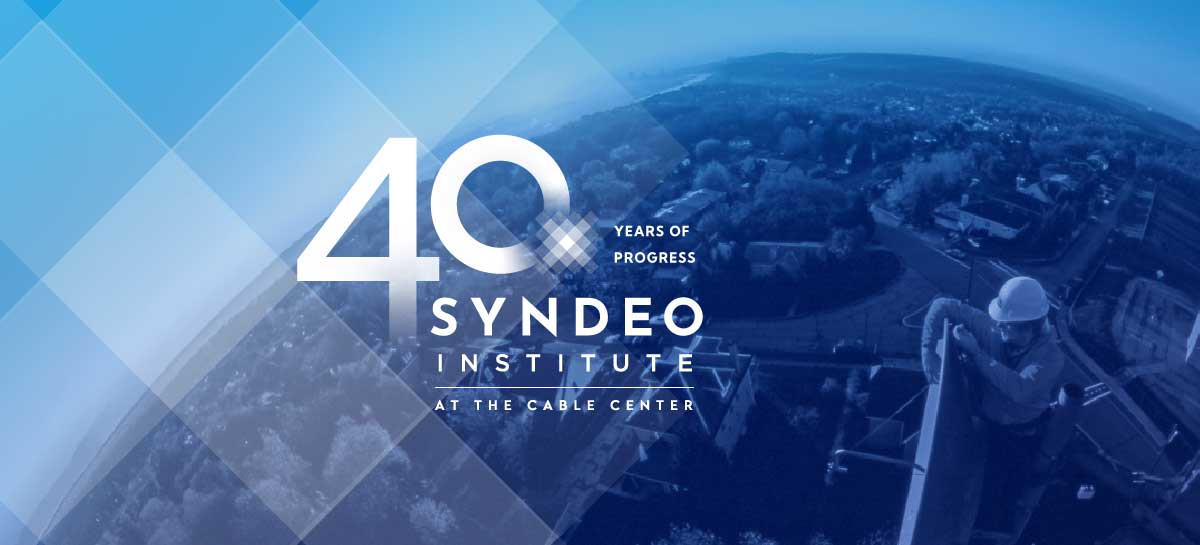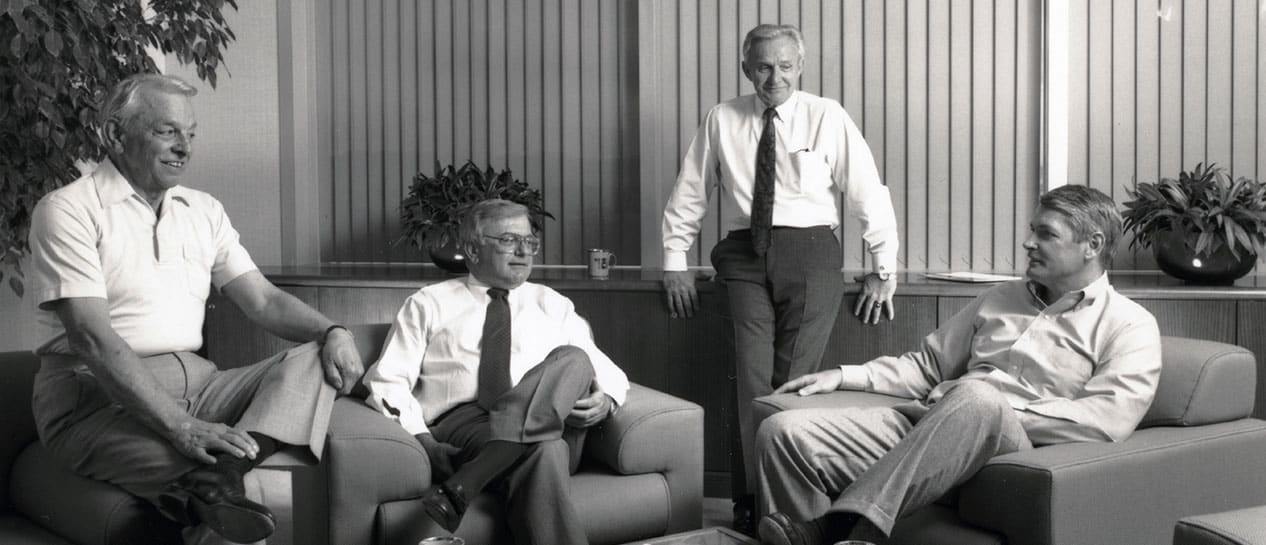When it comes to Customer Experience (CX), there’s a critical concept every organization needs to understand: the CX Experience Gap. It’s the disconnect where 80% of companies believe they are delivering CX excellence, but only 20% of customers agree. If this gap sounds familiar—or concerning—you’re not alone. The CX Experience Gap reflects a misalignment between perception and reality and addressing it can transform your business.
For the Intrapreneurship & Innovation Report we collaborated with Charles Patti, Ph.D., and Senior Fellow and Cox Chair, to explore the root causes of the CX Experience Gap and, most importantly, actionable steps to close it. From embracing a customer-first philosophy to leveraging innovation and continuous learning, Patti highlights strategies to help organizations thrive in an ever-changing CX landscape.
Baseball legend, Satchel Paige, entertained and enlightened us with his words-to-live by—such as, “Don’t look back. Something might be gaining on you.” In our development of customer experience (CX), Satchel’s words warn us about relying on the past. Progress is about understanding how the past and the present shape the future.
Like every business idea, CX has a past, present, and future. And, while Satchel Page’s warning about the past is often true, looking back at CX’s history is instructive and shows us how we got to where we are today and where we might go into the future.
This summary piece looks at the past, present, and future of CX. Using the nomenclature of web development (1.0, 2.0, etc.), the Table below lists five key areas of CX. Certainly, there are more CX areas; however, I’ve focused on those most applicable to our industry.

So, let’s look again at the 80/20 CX Experience Gap. Even if these figures are not completely accurate for your organization, it’s clear that many companies need to do a lot of work on their CX programs. The five steps in embracing the next level of CX are:
Fully adopting the “customer-first” philosophy is a challenge: it takes faith in the CX idea, consistent commitment to quality experience delivery, deep understanding of customer behavior, and long-term thinking. In many cases, it also takes changing the culture of the company. Most companies’ cultures were not founded on the CX business model, thus shifting the culture from operating efficiency to a customer-first culture is difficult and it takes time and leadership. Yet, there is ample evidence of the financial payoff in delivering CX excellence. The companies that sit on top of the various CX rankings are also the most profitable within their industry.
The organizational shift from silos to cross-functional teams has been a company challenge for decades. Yet, customers want their experience delivered with a single, integrated effort. Cross-functional structures enhance one-stop solutions, standardized processes, and avoid the high-level effort and time that come with siloed structures. Cultures operating with an ownership mentality and reward system struggle to shift to shared ownership collaboration. The solution: leadership and the willingness to innovate and persuade others that the short-term pain of converting to cross-functional structure will create sustained, long-term relationships with customers.
The current hot topic is the emergence of AI and how it can be adapted to better understand customers and to deliver the best CX. Syndeo Institute’s CX Collaborative has explored AI and will continue to do so. At the same time, other software (AR/VR, Metaverse, etc.) and advanced data analytics allow companies to deliver more on-target offerings, more personalized products and experiences, and more meaningful and relevant communications.
CX 3.0 companies build knowledge-based capital because it underlies the creation and delivery of CX excellence. Where can we get the knowledge necessary to succeed in CX 3.0? Here are three main sources:
- Corporate universities like GE go back to the mid 1950’s and other, well-known corporate universities quickly emerged, e.g., McDonald’s Hamburger University, Motorola University, et al. Some cable companies have their own learning centers and for those who do not have the resources to create their own learning center, they can seek collaboration from their industry colleagues and explore the offerings of the several commercial learning centers that focus on CX.
- Business schools also partner with companies to provide learning opportunities. Indeed, the world’s first MBA-CX program was developed in a collaboration among Cox Communications, The Cable Center, and the Daniels College of Business at the University of Denver.
- Syndeo Institute is another example of an organization devoted to helping employees remain current in the latest thinking about topics that enhance innovation and intrapreneurship.
CX 3.0 companies stress agility and have the courage to adapt to a rapidly changing customer and marketplace. Holding on to business ideas and practices that are out of step with today’s customer will not move companies forward. Yet, the future is always going to be unpredictable and there are plenty of profitable companies that are not highly ranked in CX. Such companies find it difficult to rationalize changing. However, the marketplace will change. Competition comes from the opportunities that visionaries see in new technology and new markets. Example: While hotels viewed competitors as other hotels, AirBnB became the largest supplier of rooms without owning a single property.
CX 3.0 companies that hold high market share today must develop the ability to see a broad landscape of competition. They have to embrace watching developments in other industries including those that offer completely different products and that are sold through different channels. We enhance our ability to adapt to the future by learning from other companies and other industries. We also advance by doing exactly what CX Collaborative does so well—sharing best practice and ideas about how to adapt.
In the first edition of the Intrapreneurship & Innovation Report, I wrote a piece about how CX excellence is ultimately about intrapreneurship and innovation. Independent consultants and thought leaders were responsible for the early thinking about CX, but it was intrapreneurs who borrowed those early ideas and developed CX into the leading business paradigm it is today.
As we look to the future, intrapreneurial thinking will not just shrink the CX Experience Gap—it will redefine what’s possible for organizations willing to put customers at the heart of everything they do.
Discover more insights in our 2024 Intrapreneurship & Innovation Report.



